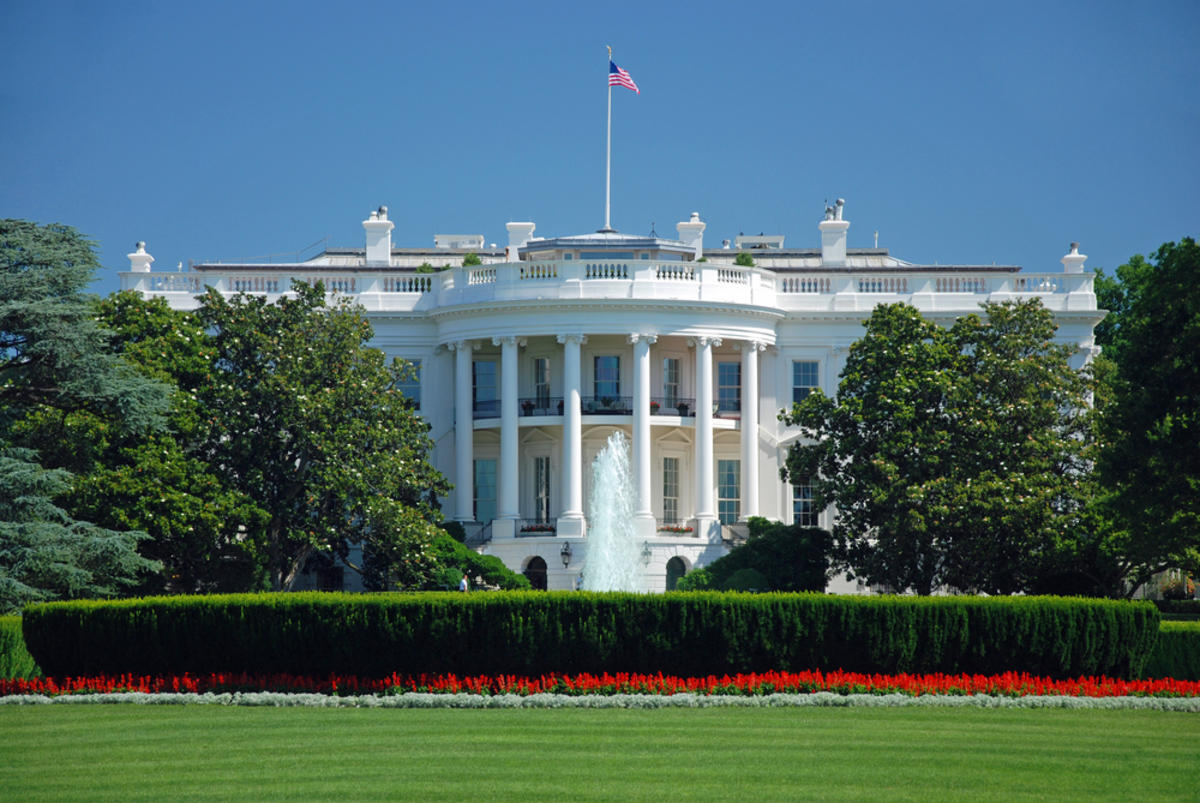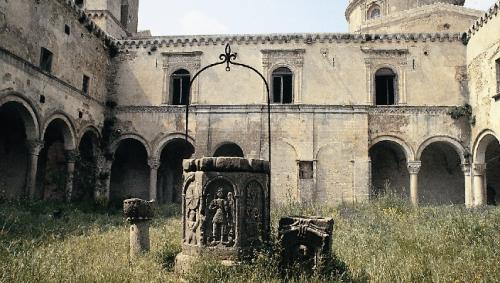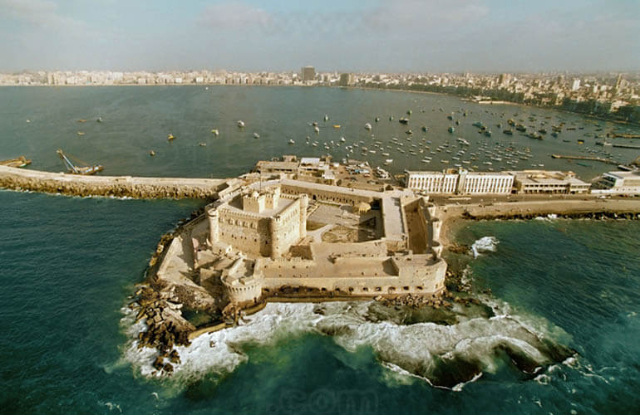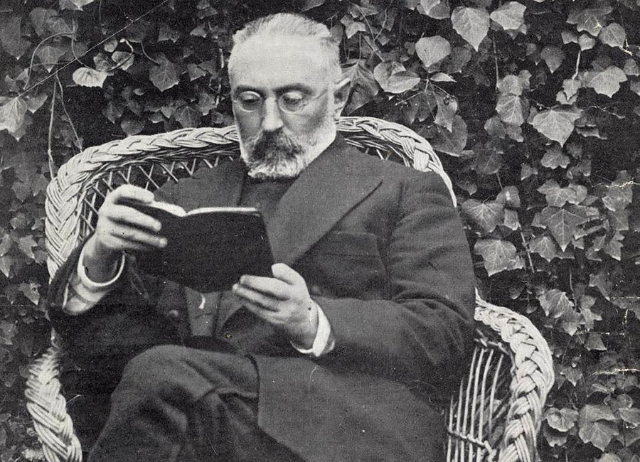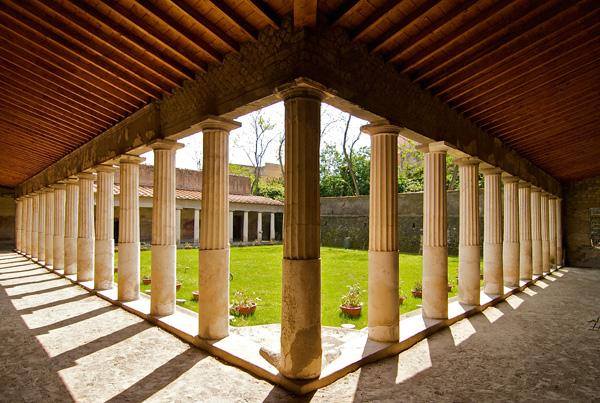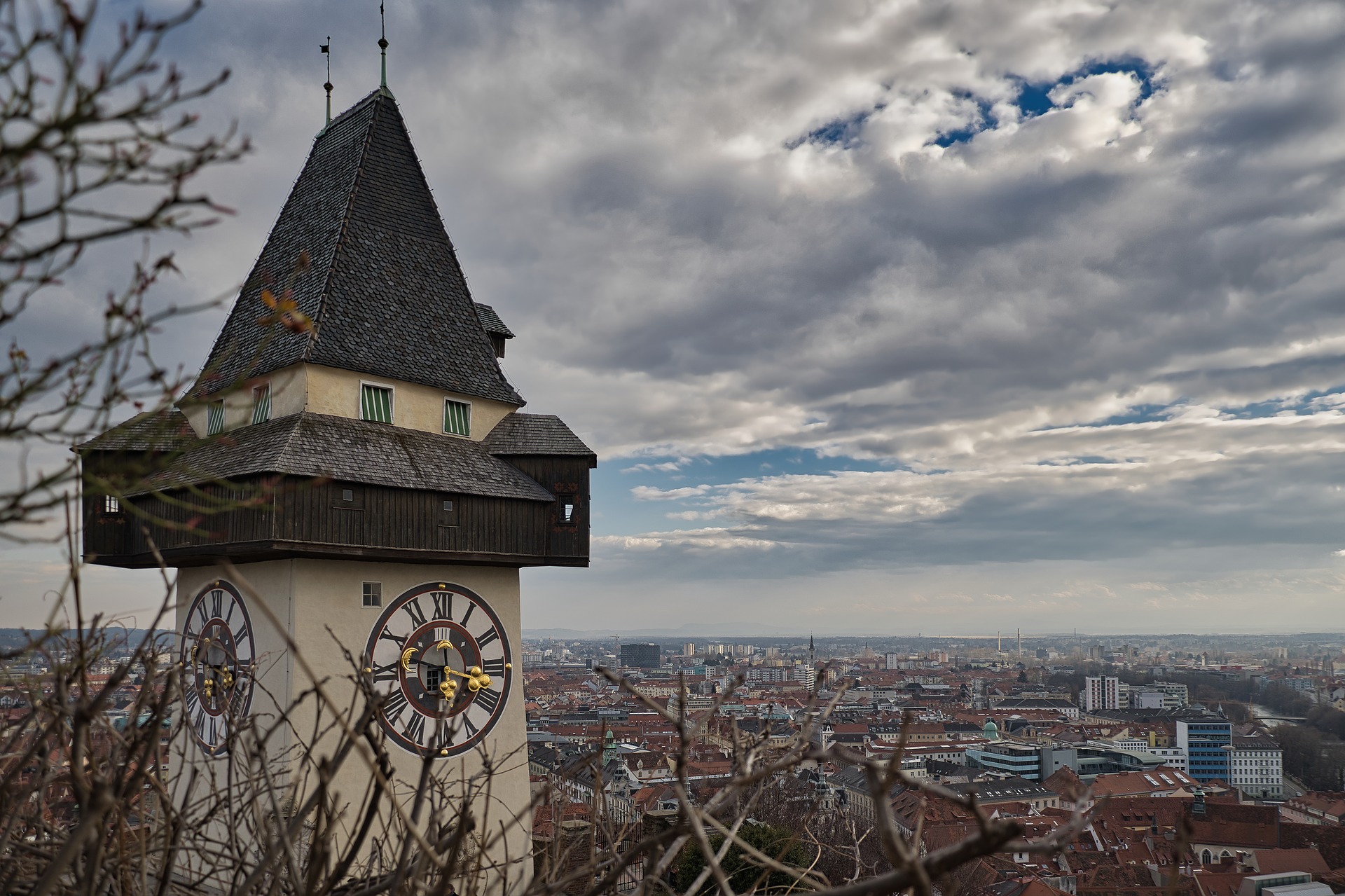The White House in Washington, D.C., is not just the residence and workplace of the President of the United States; it’s a symbol of the American presidency and a key piece of the nation’s history. Constructed between 1792 and 1800, the White House has been the official residence of every U.S. president since John Adams.
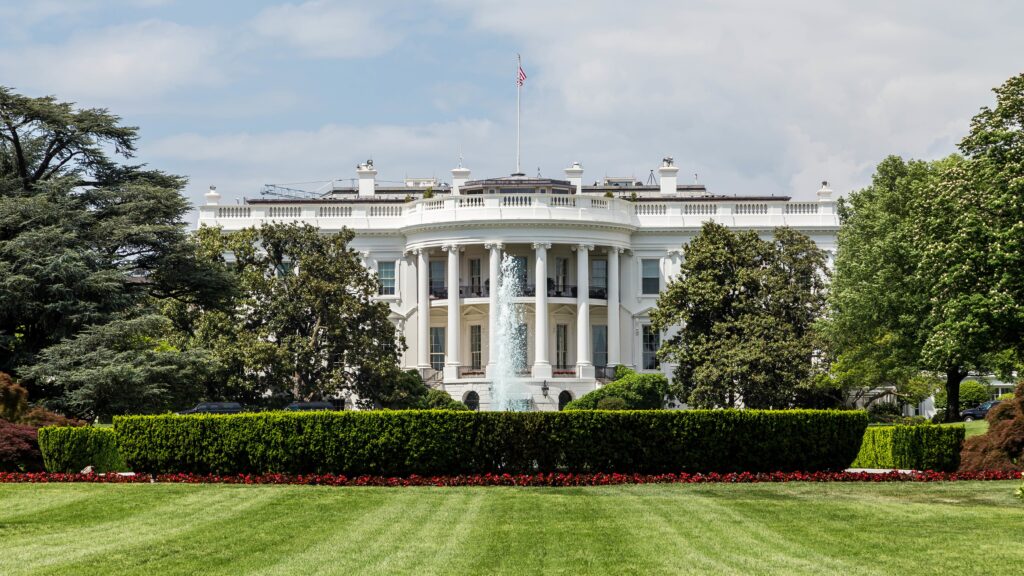
The White House stands as a prominent American national symbol. It is located at 1600 Pennsylvania Avenue and features a neoclassical architectural style, designed by James Hoban. Over the years, it has undergone numerous renovations and expansions to accommodate the evolving functional needs of its occupants and to ensure its preservation. These changes have included the addition of the West Wing, which houses the Oval Office, and the East Wing, which serves various administrative purposes.
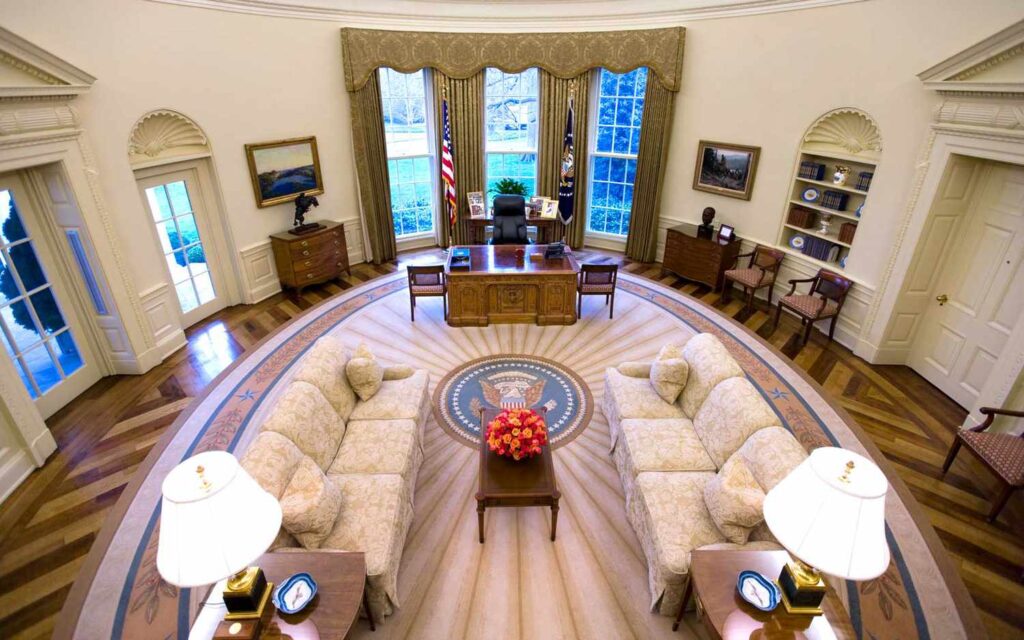
There are 132 rooms, 35 bathrooms, and 6 levels in the Residence. There are also 412 doors, 147 windows, 28 fireplaces, 8 staircases, and 3 elevators.
The White House kitchen is able to serve dinner to as many as 140 guests and hors d’oeuvres to more than 1,000.
The White House requires 570 gallons of paint to cover its outside surface.
At various times in history, the White House has been known as the “President’s Palace,” the “President’s House,” and the “Executive Mansion.”
President Theodore Roosevelt officially gave the White House its current name in 1901.
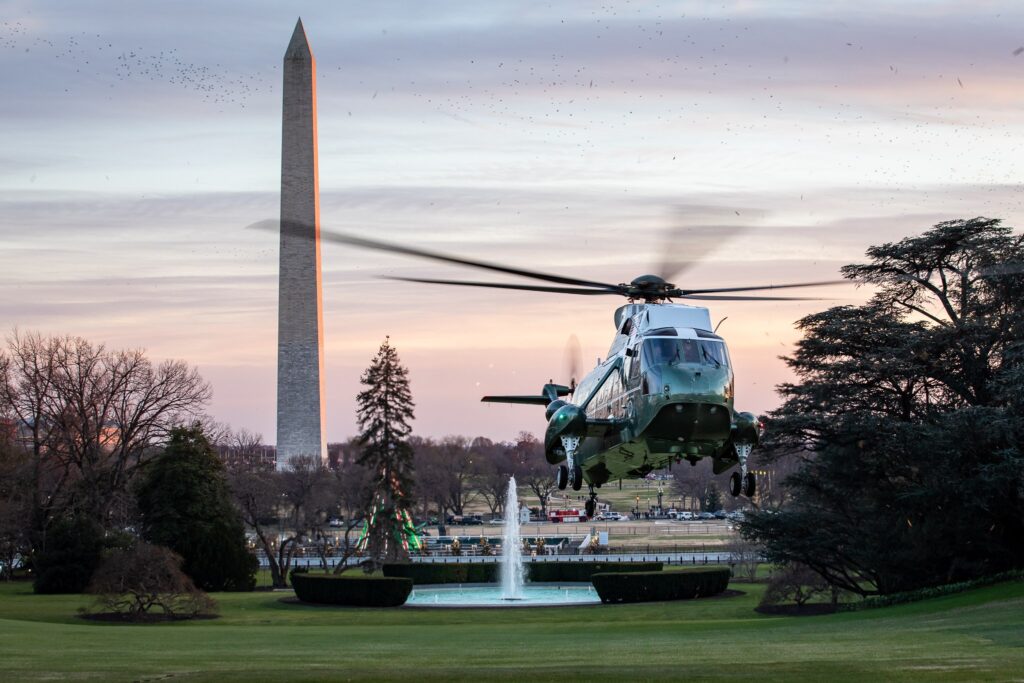
Visitors to the White House can experience a slice of American political history through public tour routes that showcase several of the building’s rooms and the extensive grounds which include the famous Rose Garden and the South Lawn. These tours provide insights into the daily operations of the presidency as well as the historical significance of the building.
Beyond its role as a home and office, the White House is also a venue for many state functions and ceremonies, reflecting its status as a center of political life and diplomacy in the United States. The building and its operations are managed by the Office of the President and maintained by the National Park Service.
For those planning to visit or learn more about the White House and its storied past, more information and travel tips can be found on Secret World. This platform offers comprehensive travel guides that provide valuable insights into the White House and other significant American landmarks.
Additionally, by downloading the app from Secret World, visitors can enhance their exploration of American political landmarks with detailed guides and practical advice, ensuring a rich and informative visit. Whether you are interested in the architectural marvels, historical events, or the inner workings of the U.S. government, the White House stands as a fascinating destination with deep historical roots and enduring cultural significance.

